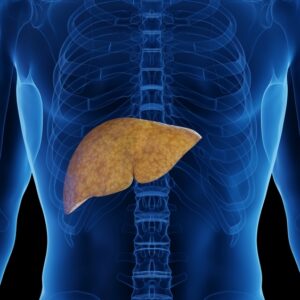For years, I was confident that my laundry routine was as close to perfect as it could get. I sorted each load meticulously, relied on detergents I trusted, and kept my washer clean and well-maintained. So when I noticed a tiny orange spot on one of my gray towels, I didn’t think much of it. It seemed harmless—something a standard wash cycle would easily take care of.
But after several washes, stain removers, detergent swaps, and far too much scrubbing, the spot refused to fade. In fact, it became brighter. Soon, more towels began showing the same orange tint, and it became clear that something unusual was happening. I inspected everything I could think of—from the washer and dryer to bathroom counters and plumbing—yet nothing offered a reasonable explanation.
The real cause only clicked after some online digging and a conversation with a friend who works in skincare. The towels weren’t stained at all—they were being bleached. The culprit was benzoyl peroxide, a popular ingredient in acne treatments. Even trace amounts left on hands, skin, pillowcases, or bathroom surfaces can break down dye in fabrics, leaving behind those permanent orange patches. The heat from washing and drying simply speeds up the discoloration.
Once fabric dye is stripped, there’s no reversing it—no cleaner or stain remover can restore the original color. The most practical solutions are surprisingly simple: switch to white towels, allow skincare products to fully absorb before drying off, wash hands thoroughly after applying treatments, or keep designated “skincare towels” separate from everyday linens. This small discovery completely reshaped how I think about my home routine, proving how tiny habits can quietly leave a big mark on the things we use each day.





